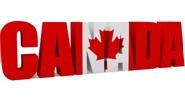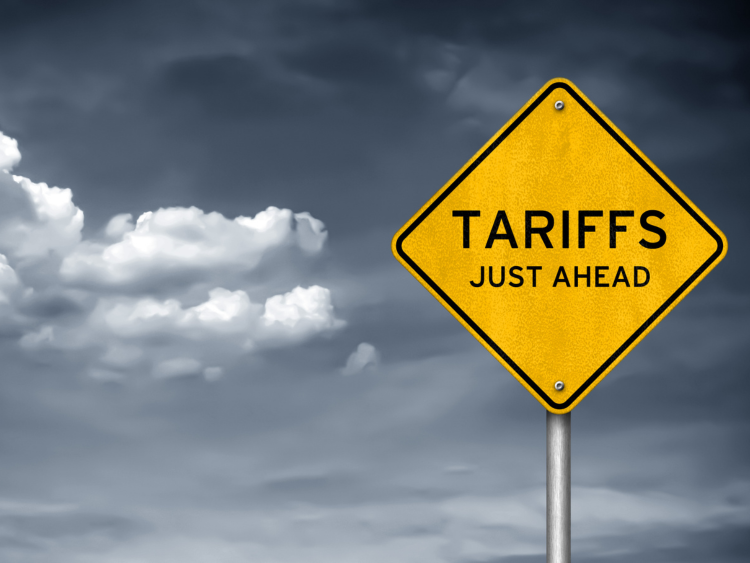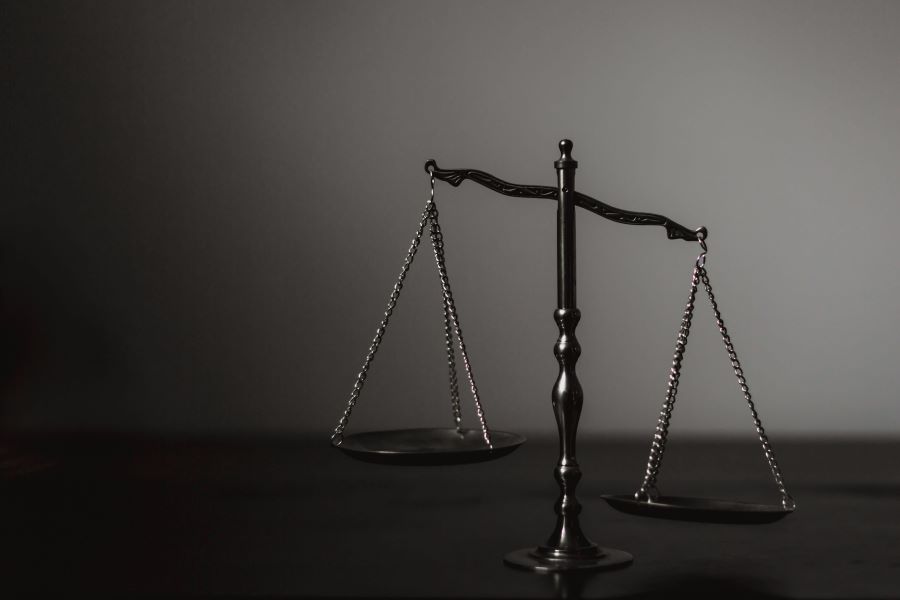Trade Cases

CITT Finds No Injury from Imports of Steel Plate from Russia and India
Written by Sandy Williams
January 10, 2016
The Canadian International Trade Tribune determined on Jan. 6 that the dumping of hot-rolled carbon steel plate and high-strength low-alloy steel plate originating in or exported from India and Russia have not caused injury and are not threatening to cause injury to the domestic industry. CITT also found no injury from the subsidizing of those products from India. CITT will release the reasoning behind the determination later this month.
The news was met with disappointment by Essar Steel Algoma which submitted the original complaint of dumping to the Canada Border Services Agency.
In December, CBSA determined dumping or subsidizing had occurred on the products in question from Russia and India.
At that time, President and CEO Kaylan Ghosh expressed confidence in the government’s support of Canadian steel producers. “It signals clearly that our government will not allow other countries to distort our markets by dumping steel here.”
Following the CITT decision, Essar Steel Algoma spokesperson Brenda Stenta commented, “We are very disappointed with the tribunal’s ruling and the serious ramifications that this will have for the Canadian steel plate industry.”
“We disagree with their decision and will await the release of their statement of reasons before we comment further,” she added.
In November, Essar Steel Algoma entered restructuring under the Companies’ Creditors Arrangement Act (CCAA) citing among its reasons record low steel markets and a “barrage of imports.”

Sandy Williams
Read more from Sandy WilliamsLatest in Trade Cases

Industry piles on new Section 232 steel derivative inclusion requests
The Department of Commerce received 97 submissions from producers, manufacturers, and groups seeking Section 232 tariff coverage for steel and aluminum derivative products.

Price on Trade: New EU steel tariffs don’t mean the US should weaken its stance
Any steel imports into the EU that exceed the new, lower quota level would be subject to a 50% tariff, which represents a major increase from the EU’s current 25% out-of-quota tariff. This move would largely align the EU’s steel tariff rate with Canada and the United States.

Global steel forum sets 2026 framework deadline as US ups pressure on excess capacity
Global steelmakers sounded the alarm Friday over the deepening excess steelmaking capacity crisis. Ministers at the Global Forum on Steel Excess Capacity (GFSEC) in Gqeberha, South Africa, pledged to...

CRU: China’s indirect steel exports find new destination markets
The boom in China’s direct steel exports has not stopped this year, even with a rise in protectionist measures globally. The increase is driven by...

U.S. Steel sues Algoma over iron pellet shipments
U.S. Steel is suing Algoma over the Canadian flat-rolled producer's rejection of iron pellet shipments, arguing it has breached its contract.
